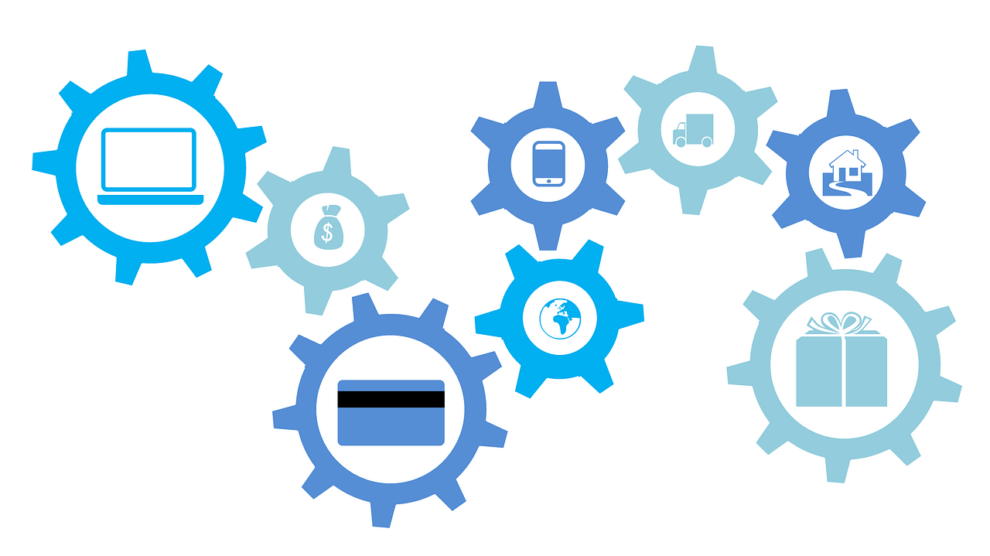Any kind of business transaction that is conducted online is called eCommerce. It is not just confined to the online process of buying and selling. eCommerce is also inclusive of online auctions, the payment gateways as well as internet banking. The importance of eCommerce cannot be emphasized enough for the businesses of today. The significance and advantages have changed the face of markets all around the world so much so that the term eCommerce runs parallel to growth.
Therefore, it has become significantly important for businesses to involve themselves in eCommerce for growth. That is so because eCommerce gives businesses the opportunity to expand their boundaries. When a business becomes a part of any eCommerce website, it spreads the reach beyond a particular city’s boundaries. So you can reach customers all around the world. And with just a single click, customers can reach you from anywhere. For businesses to be a part of eCommerce, they are needed to categorize themselves from the various models of eCommerce.
The Top Models Of eCommerce
1. Business to Consumer (B2C)
One of the most successful and highly used sales model indexes in eCommerce is the Business to Consumer transaction. The sale made by businesses to consumers is usually a small amount of the production in this model.
2. Business to Business (B2B)
B2B is the process where businesses sell to other businesses. In this model, the business does not face the customer directly. The transaction takes place between business entities only.
3. Consumer to Consumer (C2C)
Amazon, eBay, and other such online platforms all work on the CTC model. It is a relatively new business model but has gained immense success in just a few years. The transaction involves a customer who buys goods with the intention of re-selling them to another customer.
The Advantages of eCommerce for Businesses
1. Expanded Reach
In this technology friendly world, it has become very easy for businesses to reach all over the globe via the internet. If there is ample data analysis, businesses can reach markets which they earlier never thought they could. Businesses get a wide range of platforms, crossing all geographical barriers.
2. 24×7 Service
With eCommerce, you can provide your customers with round the clock service. If customers are spread across geographical boundaries, there are chances they will be in different time zones. When customers no longer need to visit the market physically, they can have access to your products any time during the day.
3. Global Promotion
When your business is online, you are directly linked to promotions as well. eCommerce provides some crucial benefits which can help a business prosper. It makes working highly convenient and easy to do. Because of this, you can have a strong global brand image for your business amid potential customers.
4. Specific Targeted Marketing
eCommerce provides an immense amount of customer data with the help of which you can study and analyze the buying habits of customers. As the seller, this data helps you stay up-to-date about emerging industry trends. You can shape your marketing efforts accordingly.
5. Cost Reduction
When your business becomes a part of eCommerce, your running cost drops considerably. You don’t need to maintain a physical storefront or hire sales staff and pay them salaries. Therefore, the only requirement is warehousing and product storage. There is a lot that businesses can save on operational costs.
How to Get Started With an eCommerce Business?
Since the world is inclining towards the digital realm, eCommerce is growing, and businesses can gain more revenue from eCommerce as compared to retail stores. So, if you want to add revenue streams to your business, you should become a part of eCommerce marketing.
1. Choose Your Platform
The first step is to choose a platform where you want to sell. There are a number of platforms that you can choose from. Choose wisely by analyzing the advantages and disadvantages of each. Every platform has a specialty market as well. So make your decision accordingly.
2. Domain Registration
Some of the platforms provide a domain registration service. But, if the platform you choose does not provide this service, then you can purchase a web domain on your own. There are a number of web hosts available so you can choose after comparing prices of a few of them.
3. The SetUp
The next step after domain registration is to design and set your website layout. Design your website around a theme which relates to your brand and the products you sell. Many platforms have already built template themes which you can use.
4. Post Products and Descriptions
The way you showcase your products matters a lot. One single image can convince customers to purchase the product or ignore it altogether. You should be ready with high quality product images as well as a detailed product description of what you are selling. You will also need to specify and state your shipping strategies.
5. Promotion
When you are building your own website and taking the initiative to promote your brand yourself, you need to work hard. And all the hard work will pay off when you will are able to reach customers all around the globe. Keep marketing your products and keep refreshing your inventory.
eCommerce has proven itself as a rapidly growing consumer outlet, with no signs of slowing down or fading away. So, the sooner you become an active participant of eCommerce, the sooner your business will gain new heights. Consumers have a great purchasing power in today’s time, so it is better for businesses to adapt to the changes and keep up with the trends.





